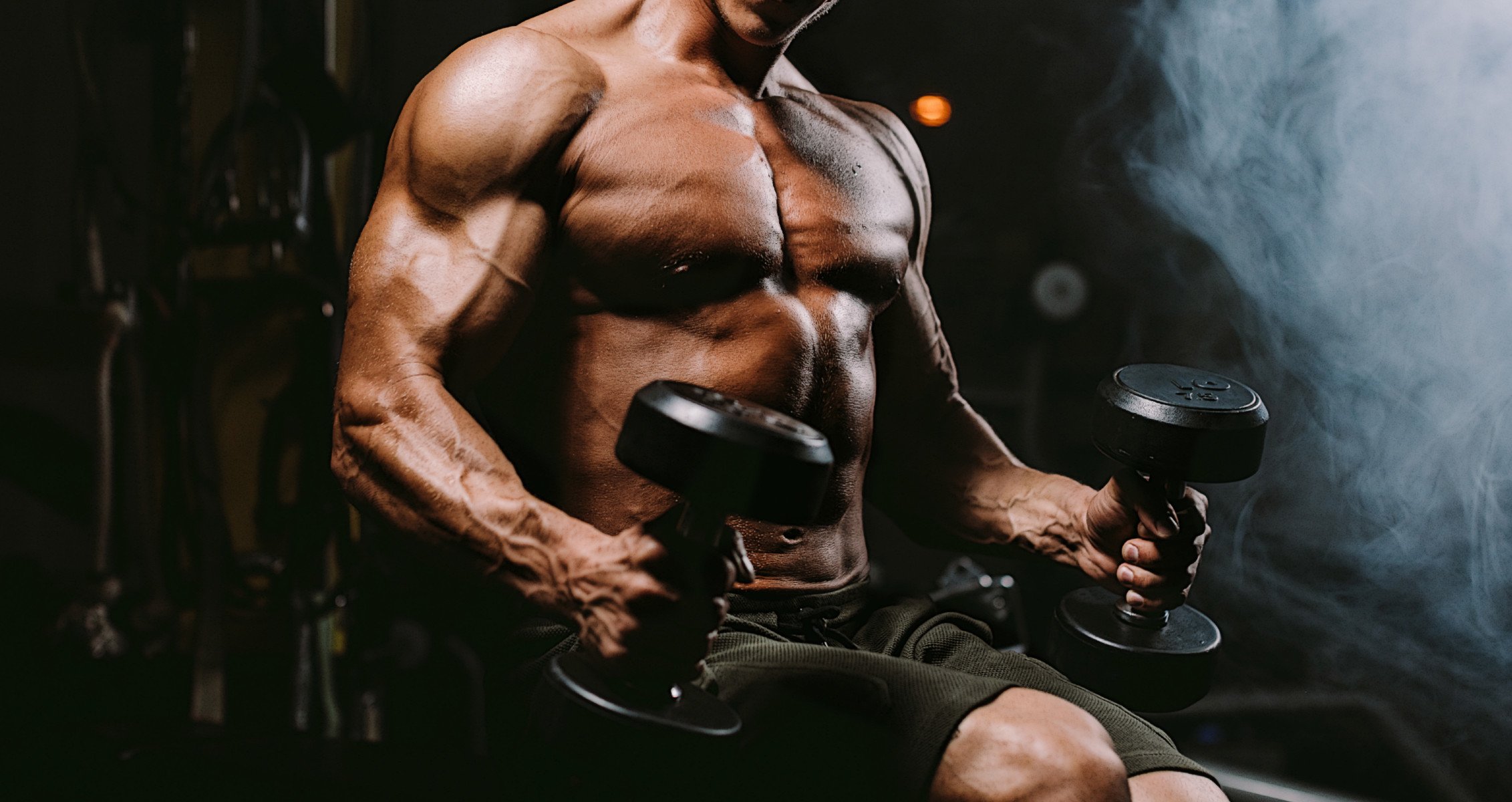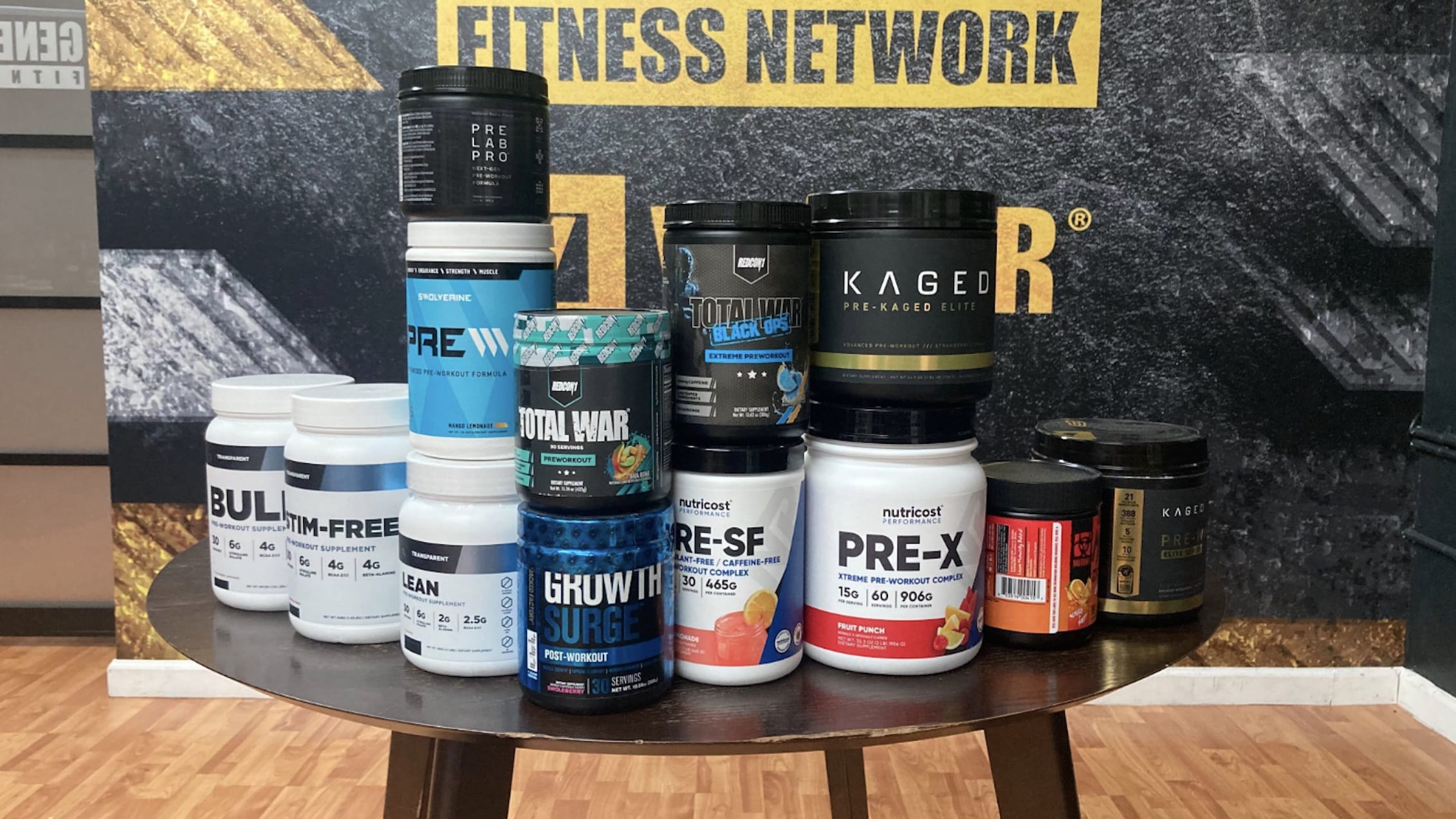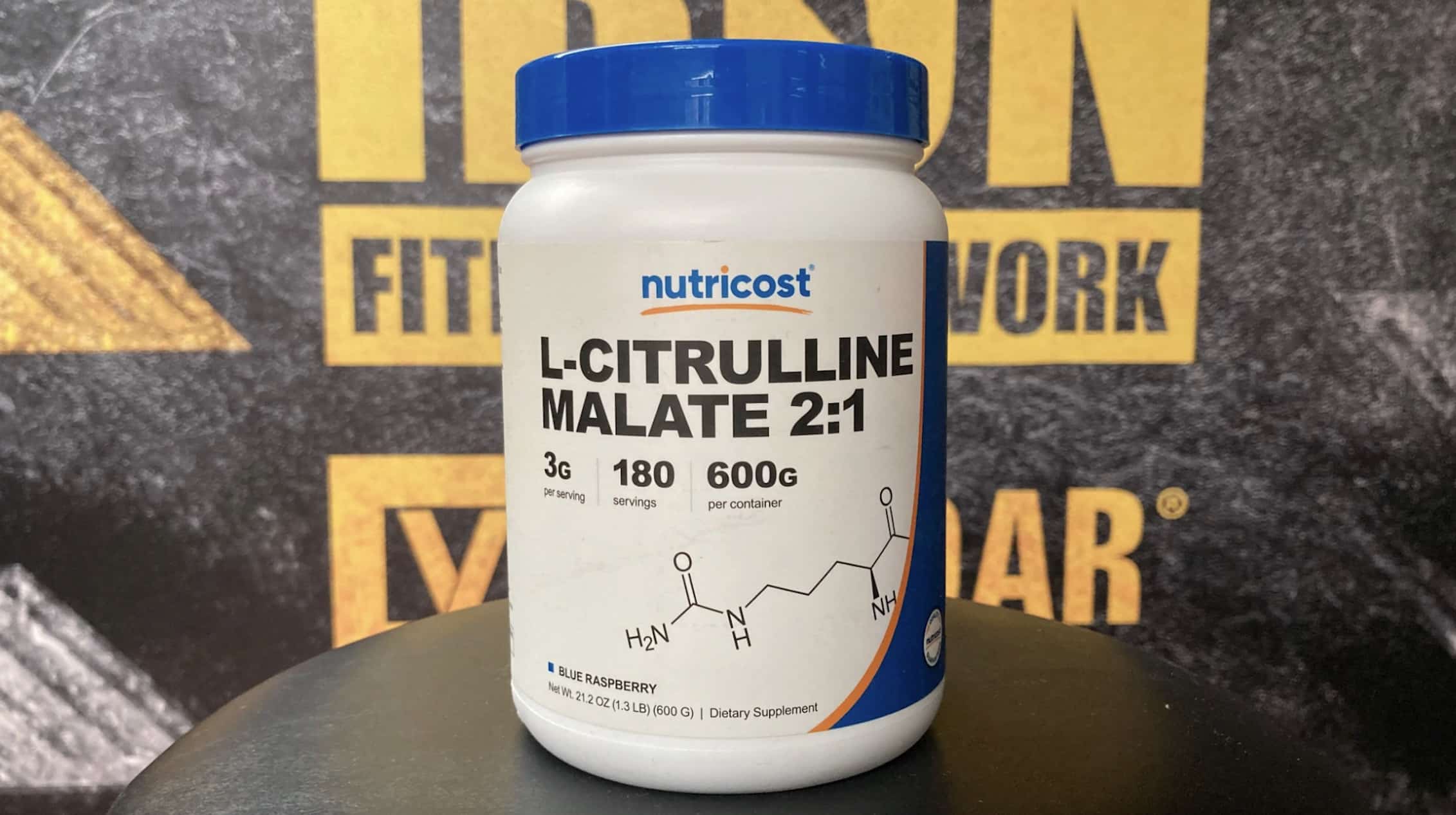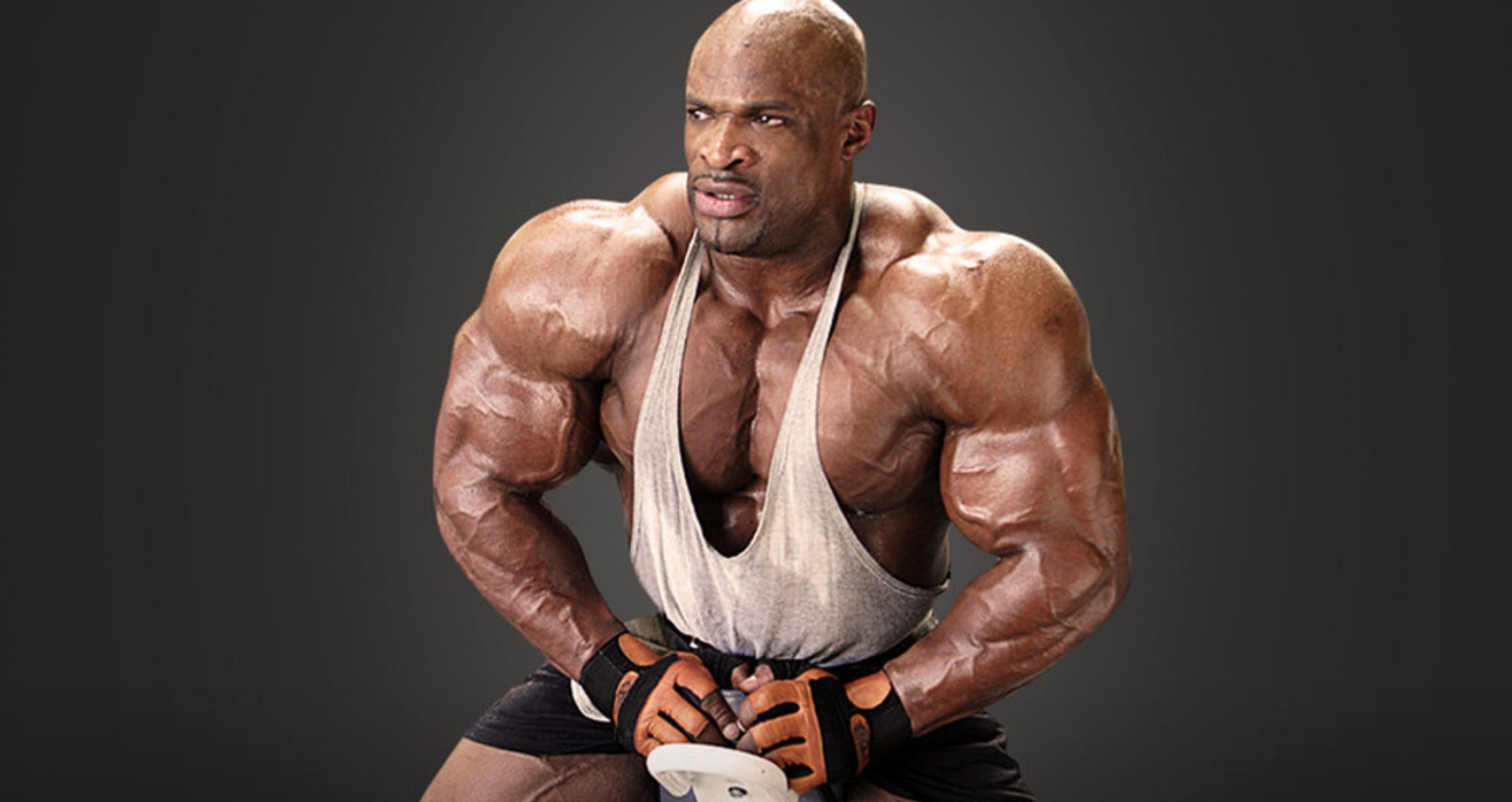The front foot elevated split squats may be a better alternative to the Bulgarian split squats.
Are you looking to add some mass to those quads? Squats are the way to go! Not only can they help you increase muscle mass, but they also have the added benefit of boosting the strength of your leg muscles. Plus, they can give you the confidence to tackle other routines like deadlifts. In this article, we’ll review the benefits of one squat variation, the front foot elevated split squat.
Bulgarian split squats are among the most popular rear-foot elevated split squats. However, not many people know about its cousin, the front foot elevated split squat. Well, you should, as this movement is more comfortable and even offers better benefits in some aspects.
The front foot elevated split squat is a good strength training exercise that you can use to boost your leg day routine. In this guide, we discuss how to do this exercise effectively, the muscles it targets, other benefits, and even more squat variations to check out. Here’s our front foot elevated split squat exercise guide.
How to do the Front Foot Elevated Split Squat
As its name implies, you do front foot elevated split squats with your front leg elevated. Most experts think of it as an inverse of Bulgarian split squats. This movement has an intermediate difficulty level and can be done with dumbbells, barbells, kettlebells, or with your bodyweight. Here’s a step-by-step guide on how to do the front foot elevated split squat.
- Step on a two-four inches high platform, e.g., an Olympic platform or bumper weight plates. Hold a barbell, dumbbell, or kettlebell if you add resistance.
- Take a large step back, ensuring your front leg is strong and stable on the platform. Your back leg should be in its lane and not directly in line with your front leg for more balance.
- Adjust your back leg until both legs are straight, and you stand upright with no bending in your knees. If your back foot rest on the ball rather than flat, this is still okay; it depends on your ankle mobility. This is your starting position.
- Brace your core and slowly lower your back leg with control. Your knee should be one or two inches above the ground. Keep your shoulders pulled back and your upper body upright.
- Use your front foot to push yourself back to the starting position and complete the rep. Keep your torso as upright as possible while returning.
- Do as many reps as desired, then switch leg positions and repeat.
Tips
This workout can be challenging if you do them for the first time. Keep your entire front foot in contact with the platform throughout each rep. Your shoulders should be over your hips during each rep, and try not to let your front knee go past the toes at the bottom. If it does, adjust your back leg further.
Choosing a comfortable step-back distance will help keep your back leg steady as you do this exercise. If you’re uncomfortable and shaky, you could focus on maintaining your balance instead of training your legs.
Ensure that you go low enough, as one of the benefits of this routine is an increase in the range of motion. Also, be wary of slamming your back knee into the floor while descending.
Slightly leaning forward during each rep will help to activate your glutes and hamstrings more. An upright torso is best if you’re doing front elevated split squats to build your quads.
Descend slowly to allow your glues and quads to do the work and build the muscles more by increasing time under tension. Start with your bodyweight before adding weight since this exercise can be quite difficult, even for advanced lifters. You can then progress to dumbbells and eventually a barbell as you get stronger.
Benefits
Front foot elevated split squats build and strengthen your quads, glutes, adductors, and hamstrings. Below are some more benefits of this exercise.
Muscle Hypertrophy with Lower Loads
This movement uses a range of motion that allows you to build more muscle mass with lower loads. This is great for bodybuilders looking to switch to a squat alternative that induces hypertrophy without using as much weight, maybe due to injury. This study shows that squat depth impacts muscle growth positively, even with lower loads (1).
Correct Imbalances
Front foot elevated split squats are done unilaterally, which has been shown to help address imbalances. It exposes the flaws in each leg so that you can correct them. This routine also maximizes your range of motion because the sum of your strength when using one leg individually is bigger than when using both legs.
Better Range of Motion
Doing this routine with an elevated front leg takes your hip flexion to over 90 degrees. Ninety degrees is where lunges and other splits squats stop, which makes the front foot elevated split squat better. It gives you an increased range of motion in a safe position with less weight.
Better Hip Mobility
While your front foot increases your range of motion, your back leg extends your hip flexor deeply. This leads to better hip mobility.
Less Pain
You’ll love this workout if you’re looking for a pain-free barbell squat alternative. With it, you can use less weight when using a barbell and complete a range of motion that builds muscle mass effectively.
Front Foot Elevated Split Squat Exercise Variations
Let’s cover some other squat alternatives to build your lower body.
Heel Elevated Split Squats
This exercise adds even more range of motion to your squat by adding a ramp or weight plate to your platform to elevate your heel. It’s a great way to target and grow your quads.
Double Elevated Split Squat
With the double-elevated split squat, both your front leg and back leg are elevated, giving you even more range of motion and mobility. This movement combines the front foot elevated split squat and the Bulgarian split squat, but you must ensure that both platforms are stable to prevent injury and properly engage the muscles.
Lower Body Anatomy: Thigh Muscles
The front foot elevated split squat strengthens the muscles of your lower body, specifically the thigh muscles. Your thigh muscles are split into the anterior, medial, and posterior groups (2).
- Anterior – Your anterior thigh muscles are made of hip flexors, hip abductors, and quads, also known as knee extensors.
- Medial – Your medial thigh muscles are the adductors that help flex your thigh.
- Posterior – Your posterior thigh muscles are the hamstrings responsible for flexing your knee.
FAQs
Is front foot elevated split squat easier?
This exercise is easier than Bulgarian split squats because balancing when your front foot is elevated isn’t as challenging as when your back foot is elevated, like in Bulgarian split squats.
Is front foot elevated split squat better than rear foot elevated?
Regarding the range of motion, the front foot elevated split squat is better than the rear alternative because it gets you beyond 90 degrees, where most split squats stop.
What muscles do front split squats work?
Front foot split squats work on your quads, glutes, adductors, and hamstrings.
Follow us on Instagram, Facebook, and Twitter for more exercise guides!
References
- Bryanton, M. A., Kennedy, M. D., Carey, J. P., & Chiu, L. Z. (2012). Effect of squat depth and barbell load on relative muscular effort in squatting. Journal of strength and conditioning research, 26(10), 2820–2828. https://doi.org/10.1519/JSC.0b013e31826791a7
- Attum B, Varacallo M. Anatomy, Bony Pelvis and Lower Limb: Thigh Muscles. [Updated 2022 Dec 17]. In: StatPearls [Internet]. Treasure Island (FL): StatPearls Publishing; 2023 Jan-. Available from: https://www.ncbi.nlm.nih.gov/books/NBK482445/?report=classic



